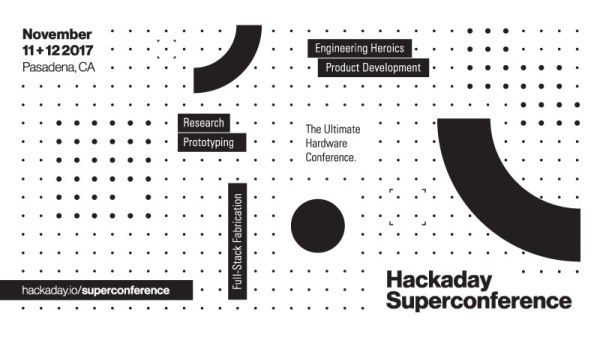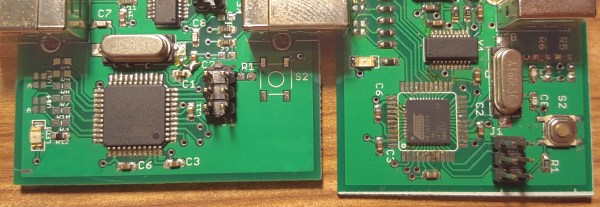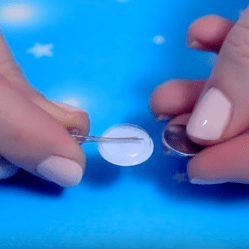Our Call for Proposals for the Hackaday Superconference was scheduled to close yesterday. We are extending that deadline by one week so get your proposal for a talk or a workshop in now.
We want to leave no stone unturned and are intimately familiar with the procrastination habits of busy hackers like you. Now there is no excuse. Put together your pitch now and send it our way. This is the ultimate hardware conference and we’re topics covering Engineering Heroics (how you managed to pull it together to get across the finish line), Prototyping, Research (building custom rigs for University/private industry/giggles), Product Development, Full-Stack Fabrication, and anything else you think fits the vibe of Hackaday.
Accepted talks receive free admission and access to speaker events. There are travel stipends available for exemplary proposals. We also record talks for publication after the Superconference so this is a chance to be famous on Hackaday.
It’s likely that you have an interesting story to tell. Time to get up there and tell it!
The Hackaday SuperConference is November 11-12, 2017 in Pasadena California. There are still tickets available but what remains will sell out quickly when the slate of speakers in announced. Don’t miss out, grab your ticket now.



















